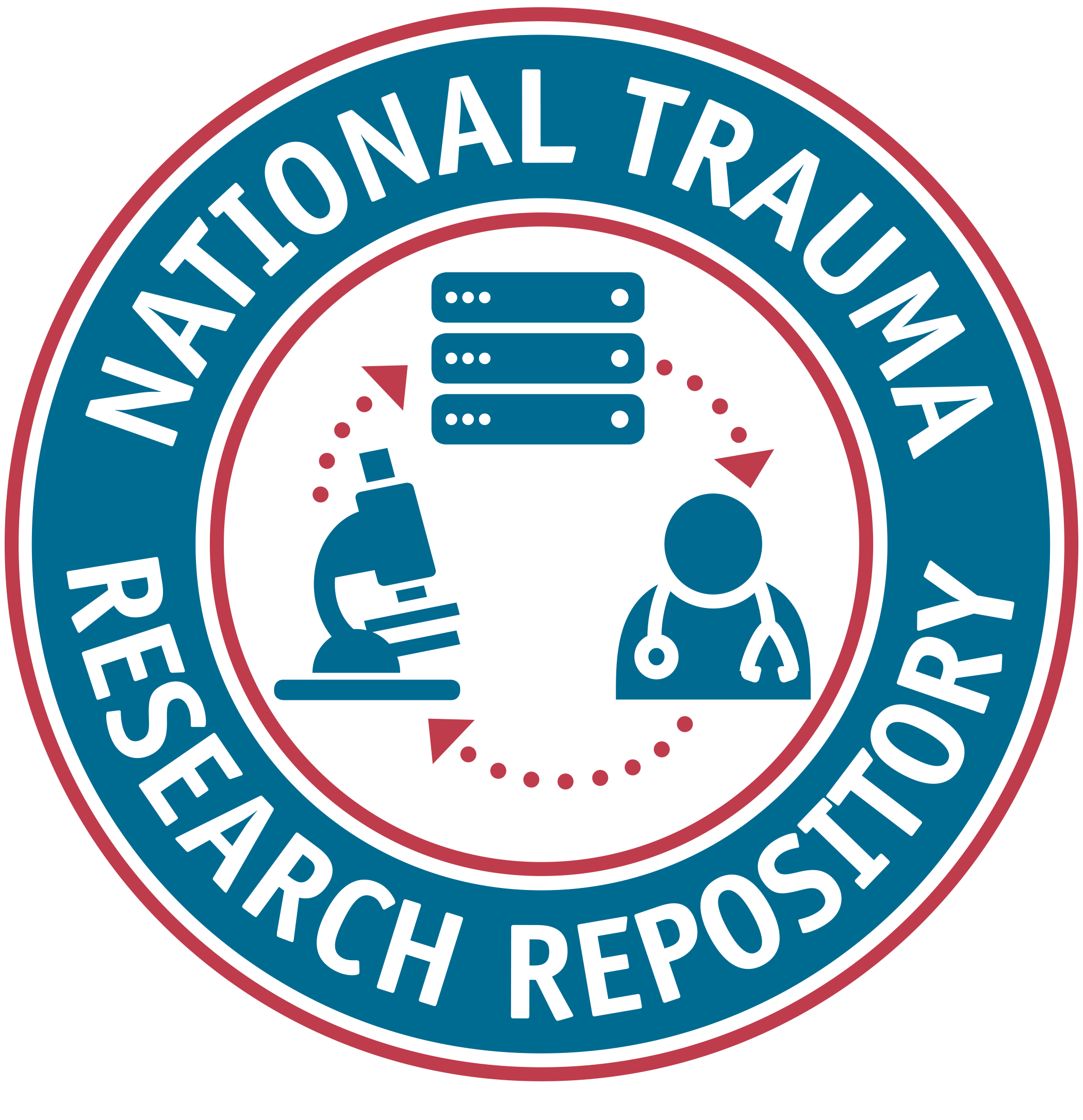Listed below are the details for the data element.
FITBIR,
NTRR
1.11
Element Type
Common Data Element
Weight measurement
WgtMeasr
Short Description
Measurement of participant's/subject's weight
Definition
Measurement of participant's/subject's weight
Notes
cdRNS|FITBIR|NIA|PDBP;
Creation Date
2014-04-01
Historical Notes
Weight measurement. SCI Variable: WEIGHT. Linked FS - a lot
References
No references available
Data Type
Numeric Values
Input Restrictions
Free-Form Entry
Unit of Measure
Kilogram ( Mass )
Minimum Value
0
Maximum Value
1000
Population
Adult and Pediatric
Guidelines/Instructions
ALS/GENERAL/TBI/SCI/STROKE: Record the weight of the participant/subject. To be collected at the visit, not self-reported. Indicate whether weight was measured in kilograms (kg) preferably, or pounds (lbs.). Height and weight are commonly collected at the baseline visit. Depending on the study population and study intervention it may be appropriate to collect height and weight at subsequent study visits. The suggested range is 0-500 kg or 0-1000 lbs. Add date stamp for when assessed. Recommend collection at least on date of TBI. Documentation of height and weight is motivated by two reasons: 1. the risk of (systemic) complications is greater in the presence of obesity; 2. body weight is important for calculating required doses of (study) medications.
Preferred Question Text
Weight measurement
Category Groups and Classifications
| Disease | Domain | Sub-Domain |
|---|---|---|
| Stroke | Assessments and Examinations | Vital Signs and Other Body Measures |
| Epilepsy | Assessments and Examinations | Vital Signs and Other Body Measures |
| Duchenne Muscular Dystrophy/Becker Muscular Dystrophy | Assessments and Examinations | Vital Signs and Other Body Measures |
| Epilepsy | Outcomes and End Points | Assessing Comorbidities |
| Neuromuscular Diseases | Assessments and Examinations | Vital Signs and Other Body Measures |
| Headache | Assessments and Examinations | Vital Signs and Other Body Measures |
| Myasthenia Gravis | Assessments and Examinations | Vital Signs and Other Body Measures |
| Friedreich's Ataxia | Assessments and Examinations | Vital Signs and Other Body Measures |
| Multiple Sclerosis | Assessments and Examinations | Vital Signs and Other Body Measures |
| Spinal Muscular Atrophy | Assessments and Examinations | Vital Signs and Other Body Measures |
| Spinal Cord Injury | N/A | N/A |
| Amyotrophic Lateral Sclerosis | Assessments and Examinations | Vital Signs and Other Body Measures |
| Traumatic Brain Injury | Assessments and Examinations | Vital Signs and Other Body Measures |
| Parkinson's Disease | Assessments and Examinations | Imaging Diagnostics |
| Trauma | Trauma | N/A |
| General (For all diseases) | Assessments and Examinations | Vital Signs and Other Body Measures |
Classification
Headache:
Core
Duchenne Muscular Dystrophy/Becker Muscular Dystrophy:
Core
Epilepsy:
Supplemental
Parkinson's Disease:
Supplemental
Traumatic Brain Injury:
Supplemental
Moderate/Severe TBI: Rehabilitation
Epidemiology
Acute Hospitalized
Concussion/Mild TBI
Stroke:
Core
Amyotrophic Lateral Sclerosis:
Core
Neuromuscular Diseases:
Core
Friedreich's Ataxia:
Core
Multiple Sclerosis:
Supplemental
General (For all diseases):
Supplemental
Myasthenia Gravis:
Core
Trauma:
Supplemental
Trauma Epidemiology
Rehabilitation/Outcomes
Acute Hospital
Pre-Hospital
Spinal Muscular Atrophy:
Core
Spinal Cord Injury:
Supplemental
Keywords
Injury_History
CDISC
trauma
TRACK_TBI
Labels
NINDS_CDE





